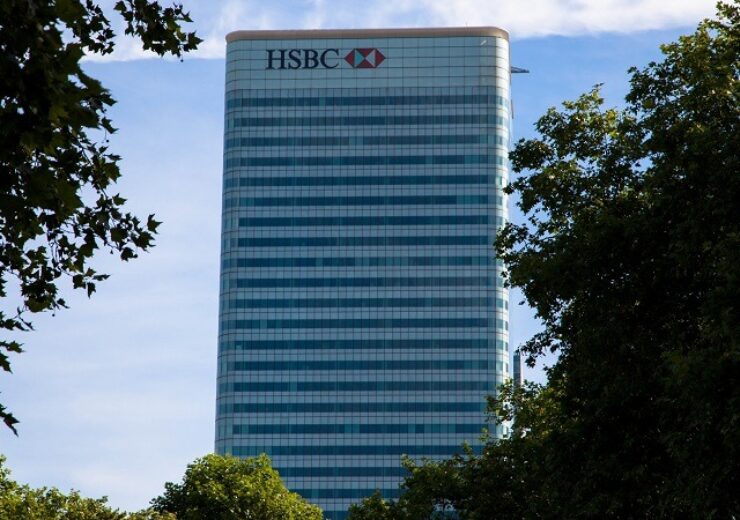HSBC revealed that its Q3 2019 results included $600m provision for customer redress programmes and $140m restructuring costs

HSBC headquarters, London. (Credit: HSBC Group)
HSBC said that its reported profit before tax for the third quarter of 2019 (Q3 2019) was down by 18% to $4.83bn, compared to $5.92bn it made in the third quarter of 2018 (Q3 2018).
The diluted earnings per share in Q3 2019 that ended 30 September is $0.15 compared to $0.19 reported in the same quarter in the previous year.
The multinational investment bank’s revenue came down 3% from $13.79bn in Q3 2018 to $13.35bn in the reported quarter.
The bank said that the third quarter 2019 results covered a provision of $600m allocated for customer redress programmes, and $140m in the form of restructuring and other associated costs, of which $120m is towards severance.
Overall, the reported operating expenses of the bank were 2% more than in Q3 2018 at $8.1bn.
HSBC attributed the drop in reported profit before tax mainly to the global banking and markets (GB&M) unit earning less income in global markets due to reduced client activity, which in turn was because of prevailing economic uncertainty.
The bank said that the decrease in GB&M’s earning was offset slightly by increased revenue in Commercial Banking (CMB), owing to higher balances in credit and lending (C&L), and global liquidity, and cash management.
In GB&M, the adjusted profit before tax in the reported quarter is $1.24bn compared to $1.76bn in Q3 2018.
The bank’s retail banking and wealth management business reported $1.69bn in adjusted profit before tax in Q3 2019 compared to $2.07bn made in Q3 2018.
In CMB, the third-quarter adjusted profit before tax is $1.63bn compared to $1.83bn made in the same quarter in the previous year.
HSBC chief executive comments on the Q3 2019 results
HSBC Group chief executive Noel Quinn said: “Parts of our business, especially Asia, held up well in a challenging environment in the third quarter. However, in some parts, the performance was not acceptable, principally business activities within continental Europe, the non-ring-fenced bank in the UK, and the US.
“Our previous plans are no longer sufficient to improve performance for these businesses, given the softer outlook for revenue growth. We are therefore accelerating plans to remodel them, and move capital into higher growth and return opportunities.”
